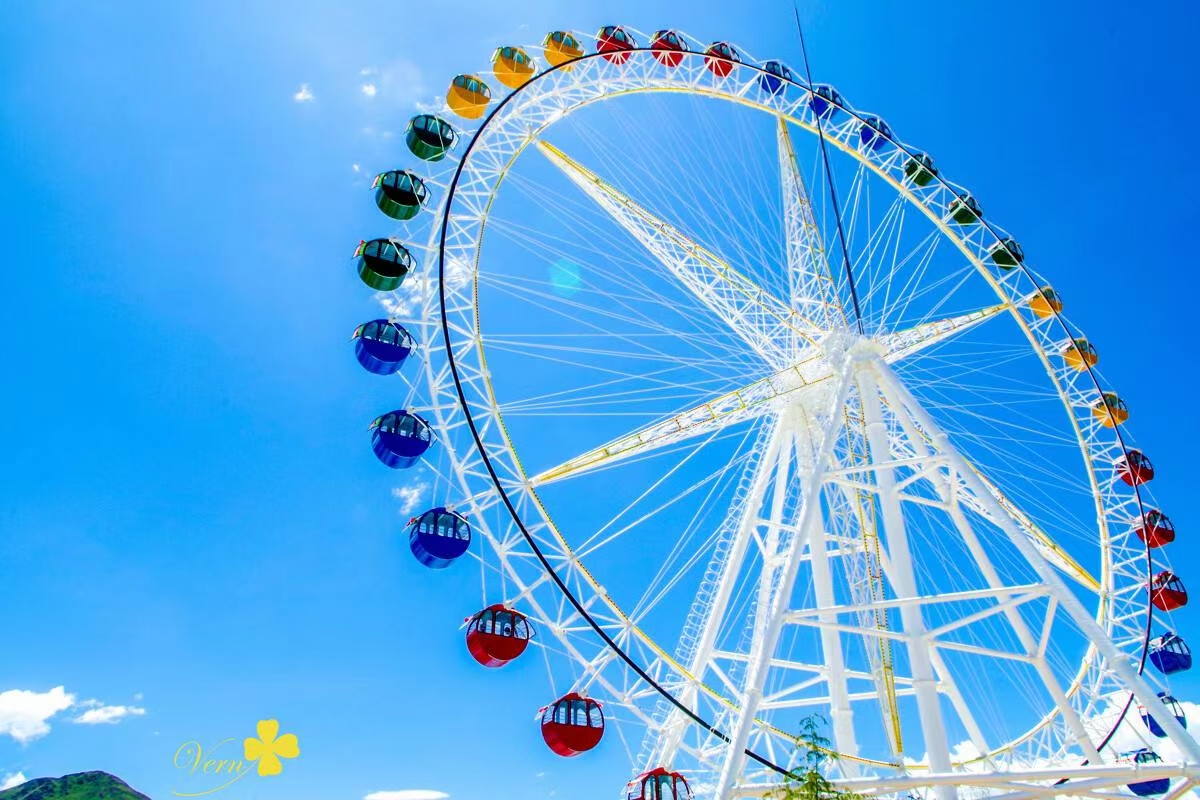Fundamental Principles of Roller Coaster Design for Thrilling Experiences
The Basics of Roller Coaster Design
Roller coasters are one of the most iconic symbols of amusement parks around the world. They capture the thrill-seeking spirit, offering adrenaline-pumping rides that combine physics, engineering, and art. Understanding the basic principles of roller coaster design is crucial for creating an exciting, safe, and enjoyable ride. In this article, we will explore the fundamental elements that go into designing a roller coaster, from its physical components to the engineering principles behind the thrills.
Key Components of Roller Coaster Design
At the heart of roller coaster design are the fundamental components track, train, lift system, and supports
. Each of these components plays a pivotal role in the operation and experience of the ride.1. Track The track is the pathway that the roller coaster train follows. It can take many forms, including wooden beams or steel rails, each providing a unique experience. The track design determines the ride's height, speed, and intensity. Designers must create elevations, curves, and drops that maximize excitement while ensuring safety. Critical design features include vertical drops, banked turns, and loops, which help to create the feeling of weightlessness or airtime.
2. Train The roller coaster train consists of individual cars that carry passengers. The design of the train affects the ride dynamics; for instance, the number of cars, the seating arrangement, and the distribution of weight can influence how the ride feels. Innovations in train design, such as lap bars and over-the-shoulder restraints, have enhanced rider safety and comfort.
3. Lift System Most roller coasters include a lift hill, where the train is elevated to the highest point of the ride. This lift is typically achieved through a chain lift or a cable system, allowing the train to gain potential energy. Once at the top, gravity takes over, propelling the train down the track. The initial drop is often the most thrilling part of the ride, and careful attention is paid to its angle and height to maximize excitement.
4. Supports The structural supports are crucial for maintaining the integrity of the ride. These supports must be designed to withstand the forces exerted on them during the ride, including those from turns, dips, and loops. Engineers utilize advanced materials and techniques to ensure that the supports are both sturdy and aesthetically pleasing, contributing to the overall theme of the coaster.
basic roller coaster design

Engineering Principles
The design of roller coasters is heavily reliant on physics and engineering principles. One key principle is the concept of conservation of energy. As the train ascends the lift hill, it gains potential energy, which is converted to kinetic energy as it descends. Designers must carefully calculate the height of the lift relative to the track to ensure that the train has enough energy to complete the course without stalling.
Another important consideration is centripetal force, especially in loop-the-loops and tight turns. Designers must take into account the speed of the train and the radius of curves to ensure that riders do not experience excessive g-forces that could lead to discomfort or injury. The use of banked curves allows for a smoother ride and helps to manage these forces effectively.
Safety Considerations
Above all, safety is the paramount concern in roller coaster design. Engineers must adhere to strict safety standards and conduct thorough testing before a coaster opens to the public. Each design undergoes simulations and calculations to examine factors such as structural integrity, mechanical reliability, and rider safety. Regular maintenance checks are also essential to ensure that the ride remains safe over its operational lifespan.
Conclusion
Designing a roller coaster is a complex interplay of art, engineering, and physics. By understanding the essential components and principles involved, designers can create thrilling experiences that delight riders while prioritizing safety. As technology evolves, the possibilities for innovation in roller coaster design continue to grow, promising even more exhilarating rides in the future. Whether it’s the rush of a steep drop or the twist of a looping turn, roller coasters will always hold a special place in the hearts of thrill-seekers around the globe.
-
Top Amusement Equipment Manufacturer Rock n Roller Coaster & Carousel ManufacturerJun.10,2025
-
World's Scariest Roller Coaster Experience Ultimate Thrill & HeightJun.10,2025
-
Ultimate Thrill Ride Roller Coaster High-Speed, Safe AdventureMay.30,2025
-
Carousel Mansfield Rides Premium Indoor & Event SolutionsMay.30,2025
-
T3 Roller Coaster High-Thrill, Safe Ride for Theme Parks & ResortsMay.30,2025
-
Roller Coaster Cart Design Custom-Built & High-Safety Thrill Ride VehiclesMay.30,2025
